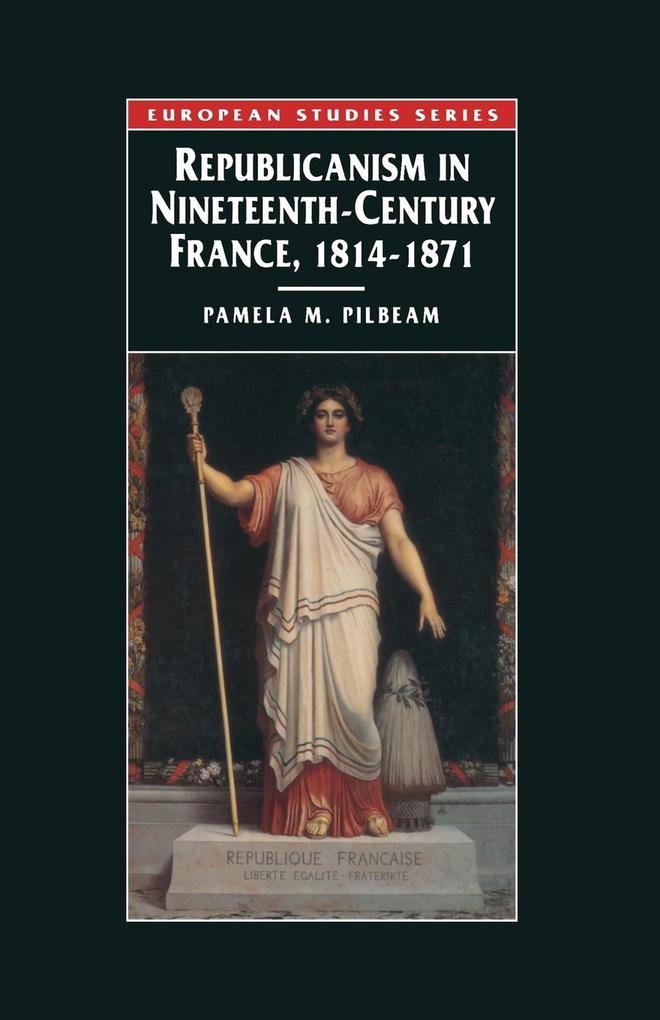
Zustellung: Mo, 11.08. - Do, 14.08.
Versand in 5 Tagen
VersandkostenfreiThis book is a fascinating survey of nineteenth-century republicanism, the first of its kind this century. It investigates why it was that although France was one of the first countries in modern Europe to become a republic in 1792, it was nearly a hundred years before a republic was acceptable to the majority. Pamela Pilbeam suggests that republicanism was a witch's brew of Enlightenment rationality, bloody memories and conflicting socialist expectations. The book concludes that the successful republic of 1871 used the rhetoric of democracy to conceal persistent elitism.
Inhaltsverzeichnis
Introduction.- The Republic: Idea and Image.- Historians and the Republic.- The Legacy of the First Republic and the Napoleonic Empire.- Conspirators and Parliamentarians: Republicans 1814-30.- Revolution and Popular Unrest: Republicans 1830-35.- The Republic Outlawed. Insurrection and Reform 1835-48.- Socialist Utopians and Reformers before 1848.- Universal Suffrage and the 'Right to Work': The Second Republic February to April 1848.- The June Days; Bonapartism; The Decline and Fall of the Second Republic.- From the Silent Years to Bloody Week: Republicans 1852-71.- Conclusion.- Chronological Table.- Biographical Sketches.- Bibliography.- Index.
Produktdetails
Erscheinungsdatum
27. Februar 1995
Sprache
englisch
Untertitel
Auflage 1995.
Sprache: Englisch.
Auflage
1995
Seitenanzahl
392
Autor/Autorin
Pamela M. Pilbeam
Verlag/Hersteller
Produktart
kartoniert
Gewicht
551 g
Größe (L/B/H)
216/140/23 mm
ISBN
9780333566725
Entdecken Sie mehr
Bewertungen
0 Bewertungen
Es wurden noch keine Bewertungen abgegeben. Schreiben Sie die erste Bewertung zu "Republicanism in Nineteenth-Century France, 1814-1871" und helfen Sie damit anderen bei der Kaufentscheidung.








